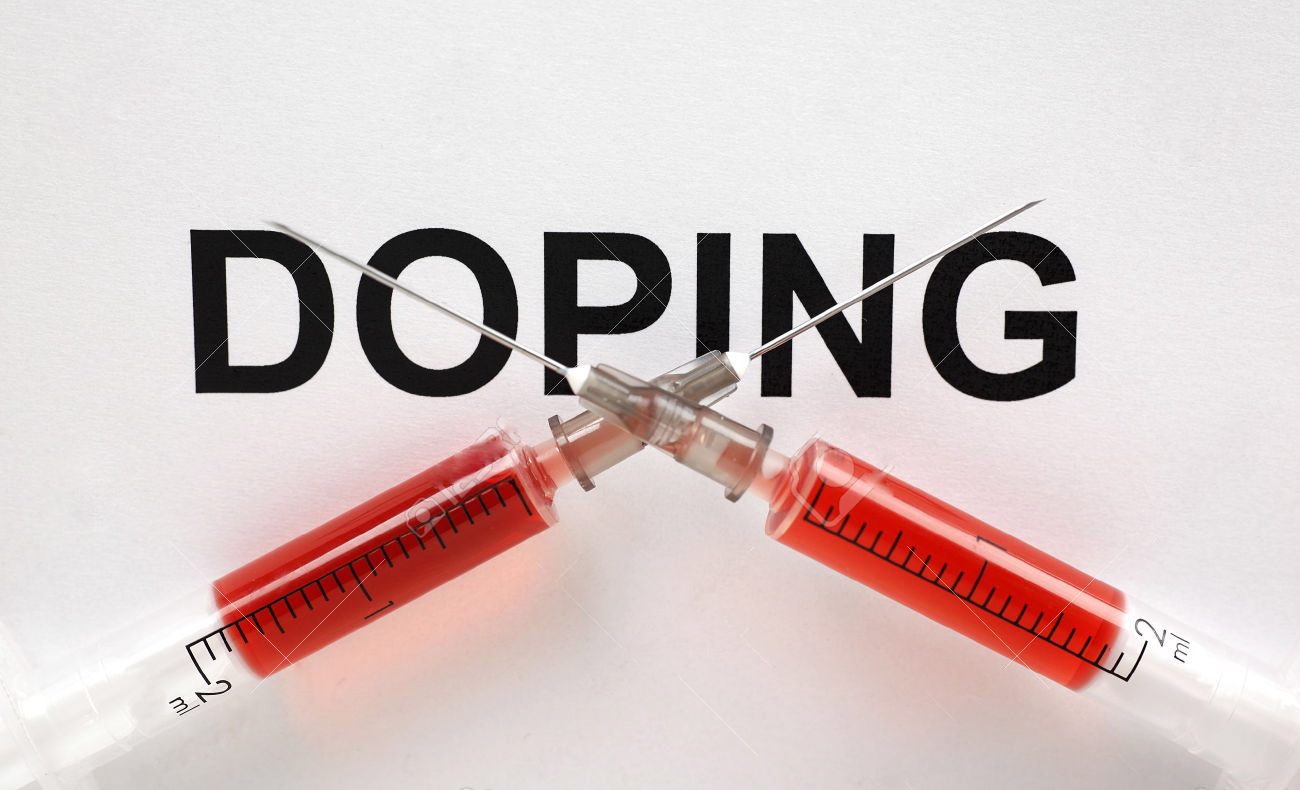

What is “blood doping”? What is EPO? How are they detected? And how are they “masked”.
Let’s start with the methods themselves. EPO (Erythropoietin) and blood doping are both designed to increase the ability of the blood to carry oxygen by increasing the number of oxygen-carrying red blood cells.
The performance increase in real terms is not enormous, perhaps a few percent, but long cycling road races – heavy aerobic exercise over hundreds or thousands of kilometers and several days – are often decided by minutes or seconds. A 2-3% increase in this context can make an enormous difference.
In light of this, the incentives to use performance enhancers are substantial.

Erythropoetin (EPO)
Like most performance enhancing drugs, EPO has an entirely legitimate medical use. It’s a hormone, usually made in the kidneys, which signals to the bone marrow to produce more blood cells.
It’s very successfully used to treat various forms of serious anaemia – disorders where the oxygen-carrying capacity of the blood is below normal. The first paper which described the human EPO gene was published in 1985, which allowed the successful production of EPO as a drug. Widespread use in cycling is believed to have started in the early 90s, but this is anything but clear.
Historically, EPO has been difficult to detect as the EPO that is injected is precisely the same as the form that is already present in the body. Not only that, but the effects of injectable EPO last a lot longer than the substance itself.
The first great wave of investigation into EPO use in cycling started only after the 1998 Tour de France imploded following the physical drug itself was discovered in team cars and hotel rooms.

“Blood doping”
Blood doping is a similar process, but a slightly more involved one. Blood is drawn from the athlete earlier in the season, stored, and then re-injected when performance enhancement is required, instantly increasing the haematocrit.
This has historically been difficult to detect as there is no external drug or process at work – the performance enhancing substance is the athlete’s own red blood cells.
Of course, some endurance athletes have a naturally high haematocrit – the percentage of oxygen-carrying red blood cells. Perhaps that’s one of the things which makes such athletes successful in the first place! As a result, the haematocrit test must evolve to let these “naturally enhanced” athletes compete legitimately.
So how can blood doping be detected? Recent work has focused on a surprising angle.
Blood must be drawn through, stored in, and re-injected through plastic objects. While everything is sterile, a minute amount of various plastics may make their way into the blood. Of course, there are perfectly benign ways that athletes could come into contact with plastics – legitimate medical procedures or through the diet, for example. The way to administer this test is still under development.
Masking agents
Masking agents are another issue again. Both EPO and blood doping raise the haematocrit to levels which are easily detectable. Thus, athletes have often attempted to:
- dilute their haematocrit with the injection of substances which increase their total blood volume
- increase drug clearance times by using diuretics
- use other drugs which interfere with the various drug tests that their samples are subjected to.
Whack-A-Mole
If this feels a little like the old arcade game Whack-A-Mole, where cheeky moles continually pop up and are beaten down again and again, it is. There is a continual cycle between new clandestine methods of performance enhancement, their eventual discovery by the regulatory bodies that police sport’s legal and ethical boundaries, and the development and institution of tests for those methods.
Some final points should be made here: firstly, there is an enormous disconnect between clandestine performance enhancement at the highest levels and our understanding and detection of it.
Obviously, these topics cannot be discussed freely. Commentators often refer to an “Omertà” within professional sport, a Mafia-like code of silence which prevents anyone speaking out.
Drug users who “come clean” are routinely portrayed as corrupt, bitter or litigious people, regardless of the truth or falsity of their stories.
This is also an extremely difficult area to research. Working with existing sportspeople would be a tacit admission of their guilt, and thus we, as scientists, are unlikely to be allowed. We are often forced to review old records or performances and look for patterns in them which might imply changes due to drug use.
Of course, it’s possible to do research on participants where we administer performance enhancing drugs and measure their performance. But this may provide a different situation to clandestine and elite use.
It can also be ethically challenging to give healthy people powerful pharmaceuticals and exercise them to exhaustion!
Finally, anyone with a simple solution for these issues (e.g. more doping control, legalising or allowing drug use as a “level playing field”) is, well, wrong. Drug use in sport is an exceedingly complicated issue, where the limits of human physiology, the issue of sporting ethics and fair play, and the often harsh glare of public and media morality meet.
Rarely is that meeting comfortable. Regardless of the outcome of the pending case against him, Lance Armstrong is about to find out just how uncomfortable.
![]() James Heathers is PhD Candidate in Applied Physiology at University of Sydney.
James Heathers is PhD Candidate in Applied Physiology at University of Sydney.
This article was originally published on The Conversation.
Read the original article.





